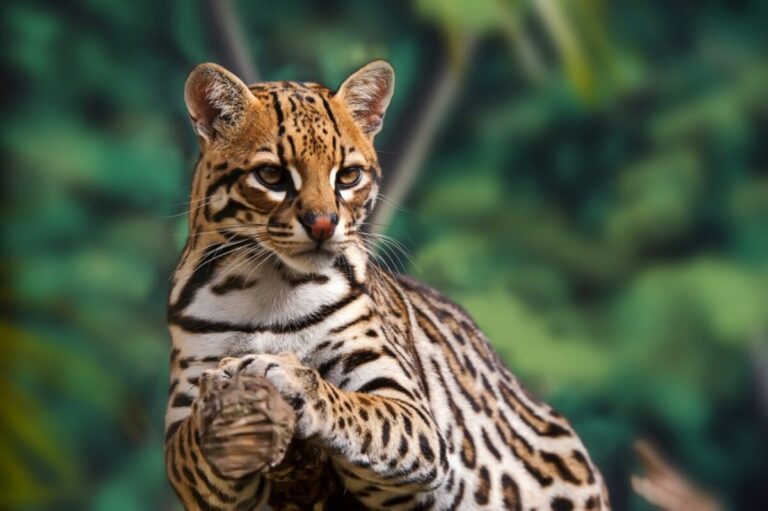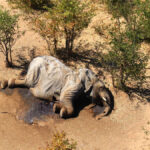In the lush landscapes of Colombia, an extraordinary sighting has caught the attention of wildlife enthusiasts and conservationists: an albino ocelot. This rare phenomenon, while fascinating, signals alarming implications for the survival of the species.
Just over a year ago, villagers in a remote Colombian region stumbled upon this unique ocelot. Initially, wildlife experts were puzzled about the animal’s species due to its unusual coloration. After extensive analysis, they confirmed that this is the world’s first recorded case of an albino ocelot.
Typically, ocelots sport a golden or tawny coat dotted with black markings. However, this particular ocelot’s pure white fur could spell trouble for its survival. Albinism in ocelots, a genetic mutation, is a direct consequence of inbreeding, which occurs when isolated populations lose their genetic diversity.
The Impact of Deforestation
Colombia’s ocelots are increasingly threatened by rampant deforestation, which stripped away 1,700 square kilometers of forest in 2021 alone. This habitat destruction, coupled with poaching, forces ocelots into smaller, isolated groups that often result in inbreeding.
Catalina Diaz, a biologist involved in the study of this albino ocelot, explains, “We call it a deleterious mutation—it’s harmful to the individual’s survival. These recessive mutations only appear when a population’s genetic diversity has significantly declined. They are rare and begin to manifest when few individuals are left, forcing them to reproduce within close relatives.”
Struggling for Survival
Discovered in one of the areas most affected by deforestation in northeastern Colombia, the albino ocelot faces additional survival challenges. Its stark white fur would make it highly visible to predators in the wild, denying it the camouflage normally provided by the traditional ocelot patterning. Moreover, the ocelot is completely blind, a common trait associated with albinism, further diminishing its chances of survival in the wild.
This phenomenon isn’t isolated to ocelots; other big cats like pumas and jaguars in Colombia could also face albinism and similar genetic issues if current environmental and ecological trends continue unchecked.
The discovery of the albino ocelot serves as a poignant reminder of the broader environmental crises—deforestation and loss of biodiversity—that continue to plague regions like Colombia. It highlights the urgent need for conservation efforts to preserve these habitats and protect the genetic integrity of their resident species. As the world marvels at the sight of an albino ocelot, it also faces a critical question: how do we ensure that such marvels of nature continue to thrive in the wild, not just in the annals of rare sightings?






